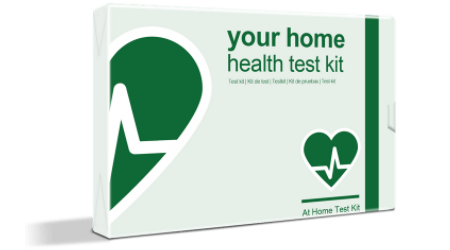Tomato Intolerance. What causes your intolerance symptoms?
If you have a tomato intolerance, then every time you eat a tomato, you will experience symptoms like a bloated stomach, a headache, and a runny nose. But why does this happen? This page will explain why you may be having to experience these symptoms and why a tomato is causing them. It is also important that you know the difference between the symptoms of tomato allergies and a tomato intolerance. For more information on an intolerance test, take a look below.

Identifying your tomato sensitivities with an intolerance test
The onset of a tomato intolerance will vary wildly on how much you have eaten and depending on your own body. Some people have been known to show symptoms of intolerance just a few minutes after consumption, however, the symptoms can last up to 72 hours later. Many people consider doing an elimination diet to try and figure out if they have an intolerance, but this can be time-consuming. An intolerance test can help you identify exactly which item is the cause of your bloated stomach or nausea, and tell you whether or not you need to remove tomatoes from your diet.
The severity of intolerance symptoms
Symptoms of a tomato intolerance will not be as severe as an allergy, and this is why it is important to differentiate. If you have consulted with a doctor on your allergy and you are still experiencing these symptoms, then it may well be an intolerance test that you require. For more information, please speak to our customer service advisors today.

How severe is a tomato intolerance?
A true tomato intolerance will rarely present a life-threatening risk, but this does not mean that they do not affect an individual. Vomiting, headaches and a bloated stomach can leave a person feeling unable to complete their daily tasks, whether it be at work or in their social life, so it is still important that you identify them and manage them.



